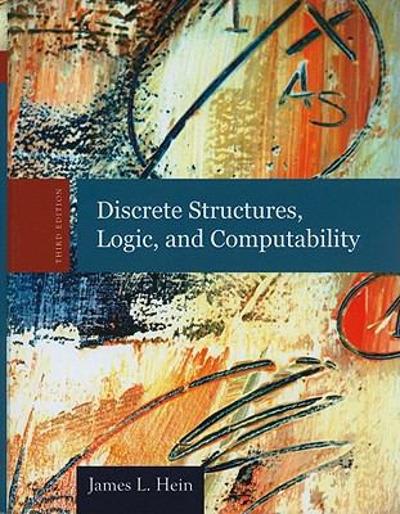explanation please
The Geometric Distribution The Geometric Distribution is a Discrete Probability Distribution that is commonly applied when a series of trials/experiments will produce a "success" or a "failure" (a binary outcome). Thie Geometric Distribution is different from the Binomial Distribution in that it is concerned with how many failures occur before an initial success. This type of distribution may be used if the following conditions apply: Each observation is independent. Each observation has only one of two outcomes ("success" or "failure"). The probability of a "success" (p) is the same for each trial/ experiment/observation/outcome. Apply the Geometric Distribution to a scenario. Suppose a regional poll reveals that 75% of small businesses advertise in the local newspaper. Suppose a list of local businesses are called until one is found that advertises in the local newspaper. The conditions of a Geometric Distribution are met: The decision of one small business to advertise doesn't affect the others. (independent observations) Each business does or does not advertise in the local paper. (binary outcomes) The probability of a "success" is the same for each observation. (p = 0.75) Use the scenario above to determine the expected value () and selected probabilities below. You may wish to use the Geometric Distribution Calculator hosted by the University of lowa's Department of Mathematical Sciences. Remember: the formatting of this calculator may vary slightly from what is used in class. (link: Geometric Distribution Calculator ) WARNING: Some instructors/textbooks may define geometric probabilities differently. "What is the probability of a success on the 4th trial?" may mean P(X = 4) for the number of trials OR P(Y = 3) for the number of failures before a success. The Geometric Distribution calculator hosted by the University of lowa requires the number of failures before a success. Read carefully! a. What is the expected number of businesses that must be called before finding one that advertises in the local newspaper? M1 = b. What is the expected number of businesses that must be called before finding one that DOES NOT advertise in the local newspaper? (hint: reconsider your definition of a "success". What is the new probability?) H2 = c. What is the probability of asking exactly two businesses before finding one that advertises in the local paper? P(X = 2) = P (Y = 1) = (Two attempts, one failure) d. What is the probability of asking at most five businesses before finding one that DOES NOT advertise in the local paper? P2(X







